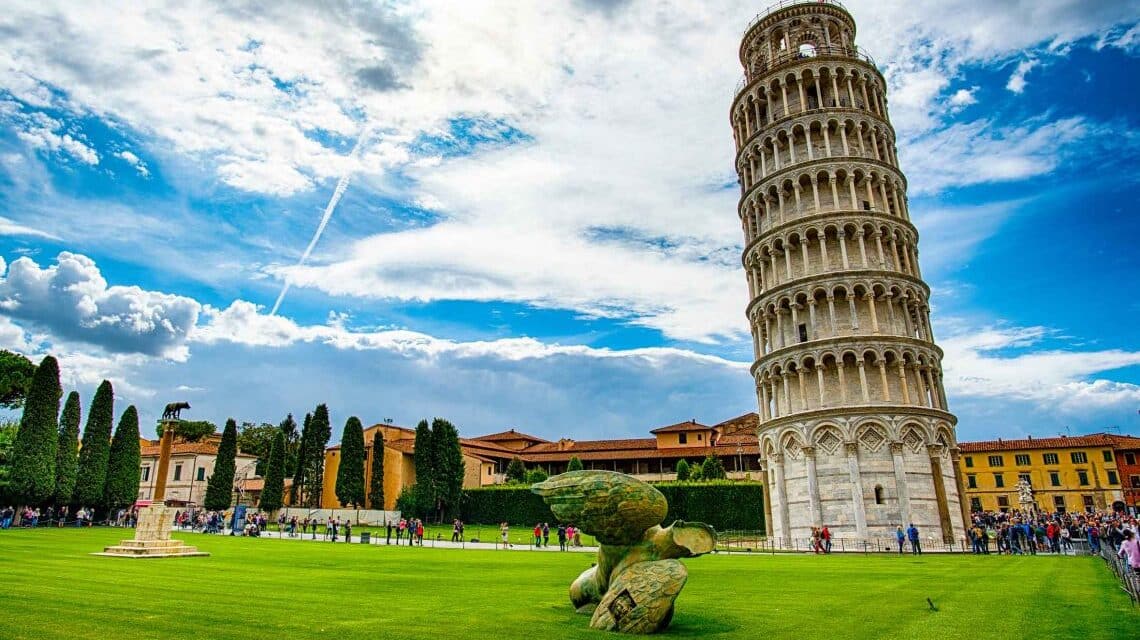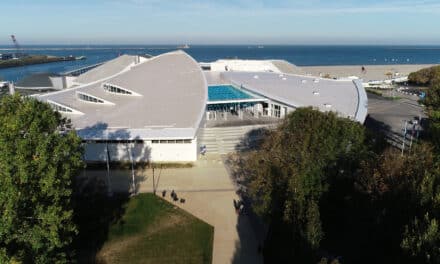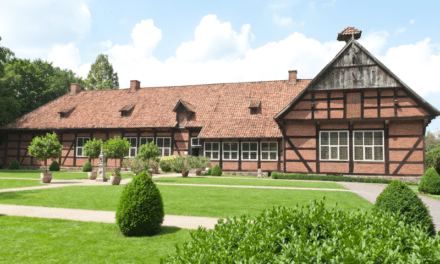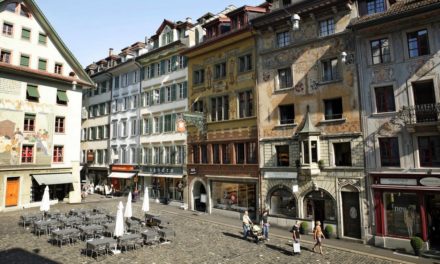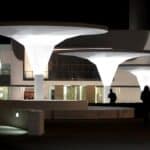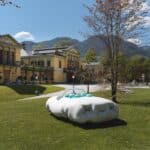As a landmark of the city of Pisa in Italy, the Leaning Tower or Torre pendente di Pisa is one of the most famous Sightseeing worldwide. The leaning of the architecturally charming tower has made it the city's most popular photo motif. Hardly any other architectural mistake fascinates people as much as the tower, which looks as if it could topple over at any time. The bell tower magically attracts tourists from all over the world all year round. Visitors from all over the world ask themselves why the Leaning Tower of Pisa is actually leaning.
Traditionally, large churches were built in northern Italy with the church tower not directly adjacent to the sacred building, but away from it. This also applies to Pisa Cathedral. Other well-known examples are the St. Mark's Tower on St. Mark's Square in Venice and the Duomo in Florence. These bell towers, which are typical of northern Italy, are known as "campaniles" and the Cathedral of Santa Maria Assunta in Pisa also has a "campanile". What nobody could have guessed at the time of planning was that it would not be the cathedral that would become the landmark of Tuscan Pisa, but the associated "campanile", which today attracts attention as the Leaning Tower of Pisa. Cattadrale di Santa Maria Assunta has been a UNESCO World Heritage Site since 1987. Pisa Cathedral, clad in white Carrara marble, is one of the most famous buildings in Tuscany. Consecrated in 1118, the cathedral and the bell tower, built in 1173, form a charming ensemble.
Cause of the leaning of the Campanile of Pisa
The foundation stone for the Leaning Tower of Pisa was laid in the summer of 1173. The first step was to build the arcade with its columns. When the second colonnade was erected 5 years later, the building began to lean. This led to a halt in construction and those responsible went in search of the cause. It was discovered that the tower's foundation, which was only three meters deep, was built on predominantly sandy soil and clayey mire. As there were no bells at this time, the unfinished structure was provisionally fitted with bells as construction continued to stand still.
Preserving the Leaning Tower of Pisa is and remains a challenge
Due to its round floor plan and its great weight and height, the bell tower, which was completed in 1372, remains a challenge to this day. For many centuries, visitors to Pisa Cathedral were able to visit and marvel at the bell tower, until it had to be closed to visitors at the beginning of 1990 due to its leaning position. This was followed by a 13-year renovation phase. Only since the end of 2001 has the Leaning Tower of Pisa been fully open to visitors again.

